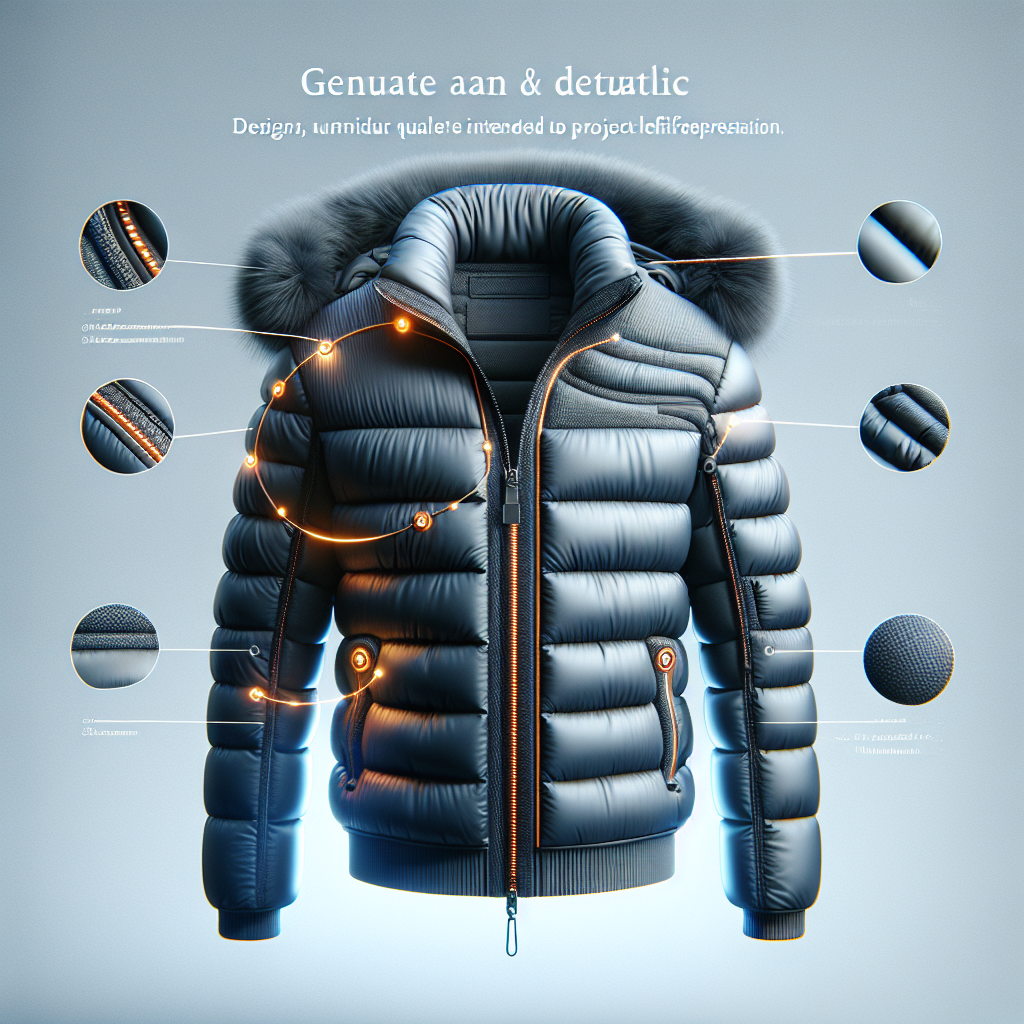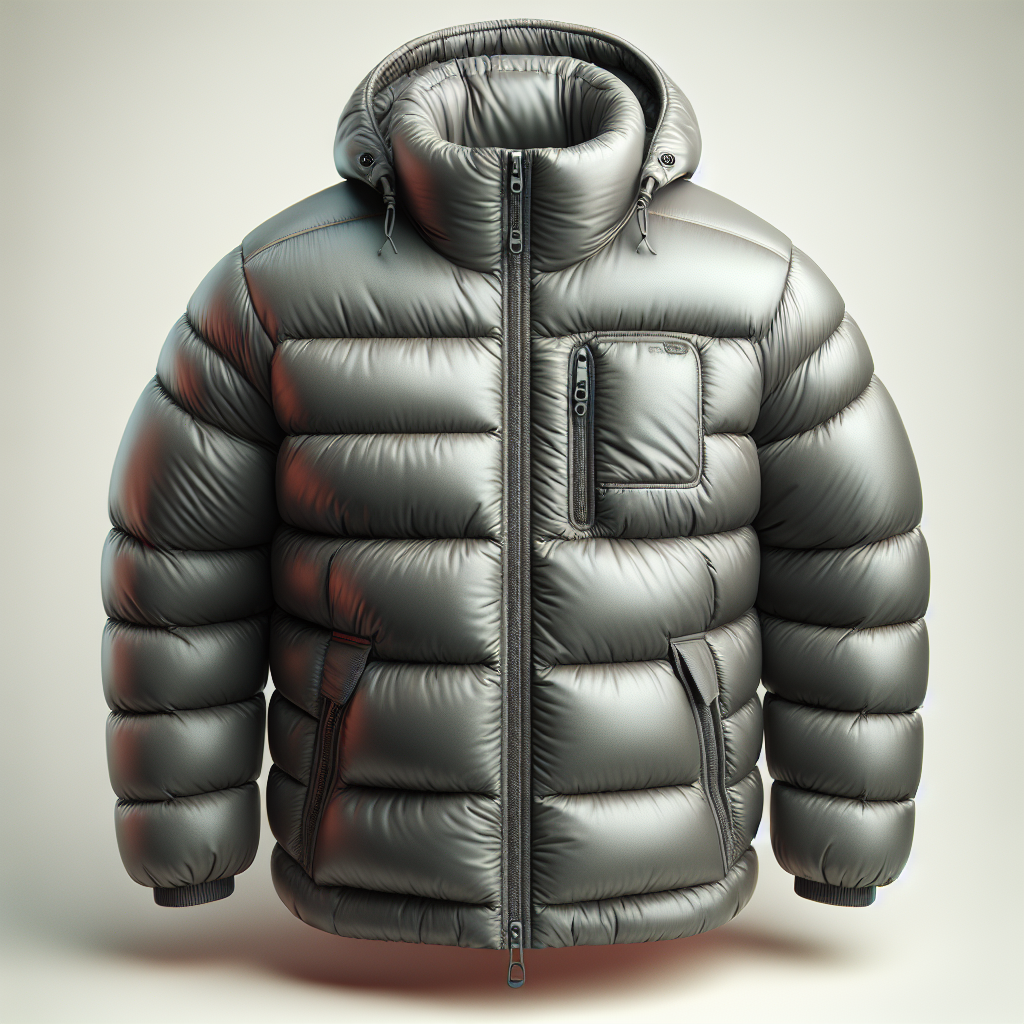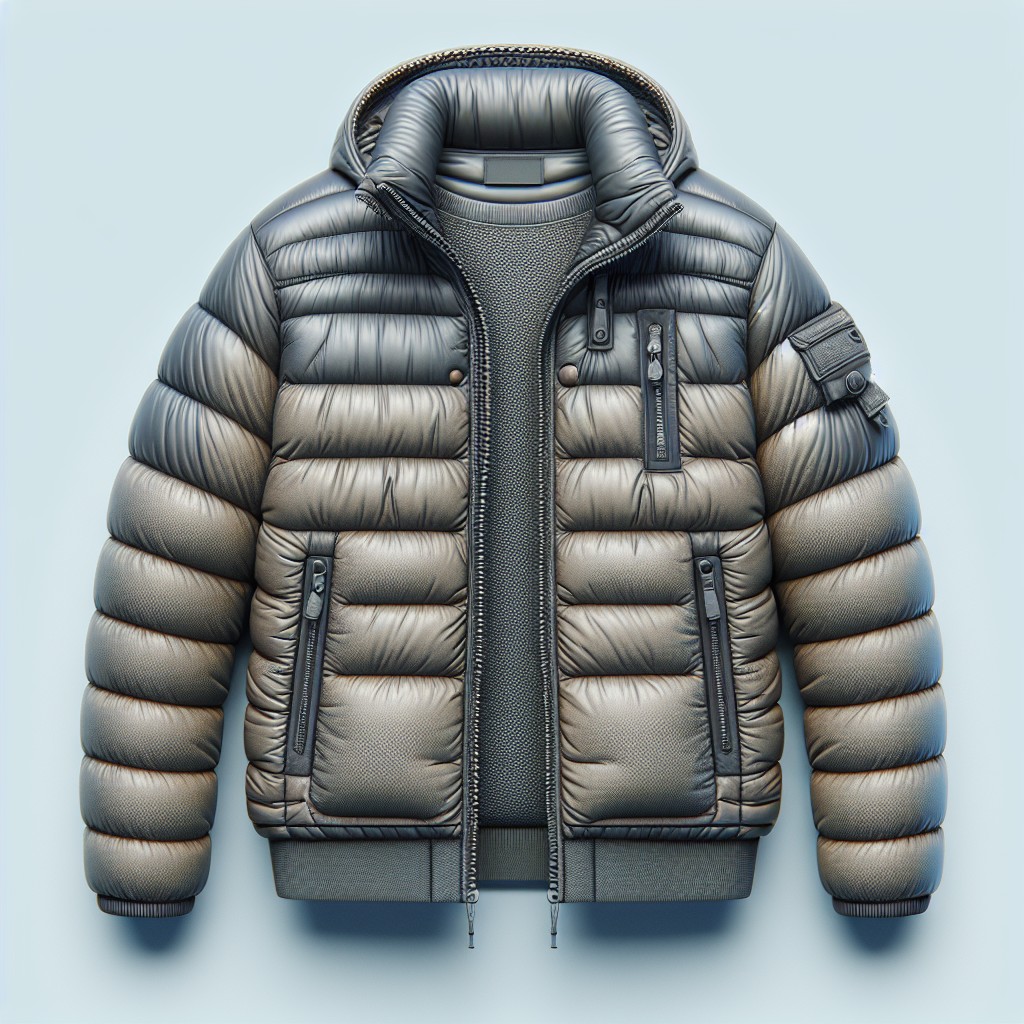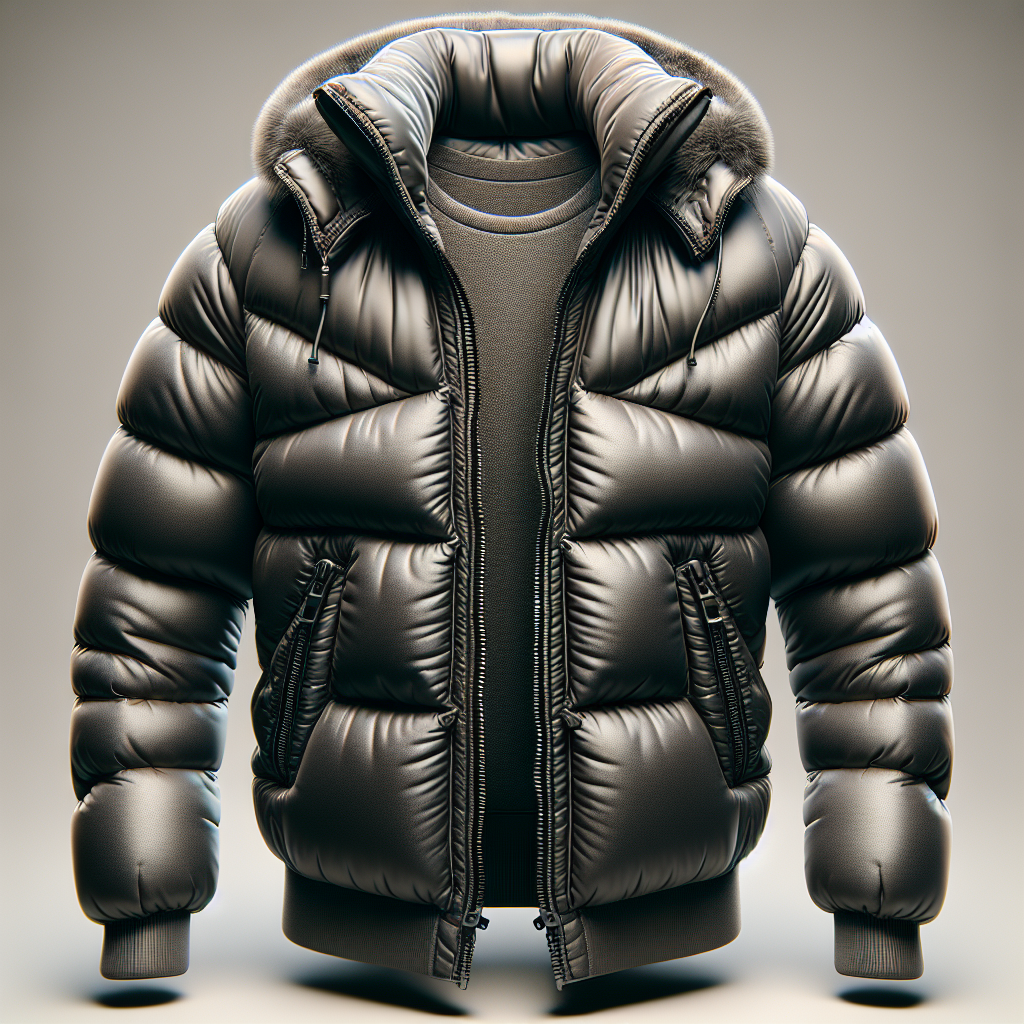Winter can be unpredictable, with temperatures varying drastically even within a single day. Choosing the right down jacket for what temperature can be a game-changer in staying warm and comfortable. Down jackets are known for their excellent insulation and lightweight feel, making them a favorite among winter enthusiasts. However, not all down jackets are created equal, and understanding their temperature ratings is crucial.
When selecting a down jacket, consider factors such as the fill power and fill weight. Fill power measures the quality of the down, with higher numbers indicating better insulation. Fill weight, on the other hand, refers to the amount of down used in the jacket. By combining these two factors, you can determine the jacket's effectiveness in different temperature ranges.
It's also essential to consider the activity you'll be engaging in. For high-intensity activities like hiking or skiing, you might need a jacket with better breathability and moisture-wicking properties, while for casual wear, a heavier jacket might suffice.
Understanding these basics will help you make an informed decision. Ready to dive deeper into finding the perfect down jacket for any temperature? Send a message to this email to learn more.
Understanding Down Jacket Insulation

When it comes to staying warm in cold weather, understanding the insulation of a down jacket is paramount. The primary function of insulation is to trap body heat and maintain warmth, and down is one of the most effective materials for this purpose. But what exactly makes down so special?
Down is the soft layer of feathers found closest to a bird’s skin, typically sourced from ducks or geese. These feathers are known for their lightweight and high insulating properties. The key metrics to look at are fill power and fill weight. Fill power measures the loft or fluffiness of the down, which directly correlates to its insulating ability. A higher fill power means more warmth for less weight. For example, a 700-fill power jacket will provide more insulation compared to a 500-fill power jacket, assuming the fill weight is the same.
Fill weight refers to the total amount of down used in the jacket. It’s important to consider both fill power and fill weight to get a comprehensive understanding of the jacket’s warmth. A jacket with a higher fill power but lower fill weight might be less warm than a jacket with a moderate fill power but higher fill weight.
Moreover, the construction of the jacket also plays a role in insulation. Features like baffle design, which prevents down from shifting and creating cold spots, and the outer shell material, which can offer wind and water resistance, contribute significantly to the overall warmth and functionality of the jacket.
Choosing the Right Down Jacket for Cold Weather

Choosing the right down jacket for cold weather can be a daunting task, especially with the variety of options available. The key is to find a jacket that balances warmth, weight, and functionality based on your specific needs.
First, consider the temperature range you expect to encounter. For extremely cold conditions, a jacket with a high fill power (700 and above) and substantial fill weight is essential. This combination ensures maximum warmth without adding excessive bulk. For milder temperatures, a lower fill power and fill weight can suffice, providing adequate warmth while remaining lightweight and packable.
Another important factor is the activity level. If your winter activities include high-intensity sports like skiing or mountaineering, opt for a jacket that offers breathability and moisture-wicking properties. Look for features like ventilation zippers and breathable fabrics to help regulate your body temperature and prevent overheating. On the other hand, for casual wear or low-intensity activities, focus on warmth and comfort, with features like a cozy hood and fleece-lined pockets.
The fit and style of the jacket also matter. A well-fitted jacket not only looks better but also provides better insulation by reducing air gaps. Consider whether you prefer a slim, athletic fit or a more relaxed, roomy fit that allows for layering. Additionally, pay attention to the length of the jacket. Longer jackets offer more coverage and protection against the cold, while shorter ones provide greater mobility.
Finally, take into account the jacket’s durability and weather resistance. A durable outer shell made from ripstop nylon or polyester can withstand wear and tear, while a water-resistant or waterproof coating can protect against snow and light rain. Features like reinforced seams and high-quality zippers also add to the jacket’s longevity.
By considering these factors, you can find the perfect down jacket that meets your cold-weather needs and enhances your winter experience.
Temperature Ratings for Down Jackets

Understanding the temperature ratings for down jackets is crucial to selecting the right one for your needs. These ratings provide a guideline for the optimal temperature range in which the jacket will keep you warm and comfortable.
Fill power is a key component in determining a down jacket's warmth. It measures the loft, or fluffiness, of the down and its insulating efficiency. Higher fill power, such as 800 or 900, indicates superior insulation and is typically used for very cold conditions. Conversely, lower fill power, like 500 or 600, is suitable for milder climates.
However, fill power alone doesn't tell the whole story. The fill weight – the total amount of down in the jacket – also plays a significant role. A jacket with a high fill power but low fill weight might not be as warm as one with lower fill power but higher fill weight. It's the combination of these two factors that determines the jacket's overall warmth.
Manufacturers often provide temperature ratings based on these factors, but it's important to remember that these ratings are guidelines rather than absolutes. Individual tolerance to cold varies, so personal comfort should also be considered. Additionally, layering can extend the functional temperature range of your jacket. Wearing a thermal base layer or a fleece mid-layer can significantly increase warmth without needing a bulkier down jacket.
Other features that influence a jacket's temperature rating include the design and construction. Baffle construction, for instance, helps to evenly distribute the down and minimize cold spots. Adjustable hoods, cuffs, and hemlines can also enhance insulation by sealing out cold air and retaining body heat.
By understanding and considering these temperature ratings and features, you can make a more informed decision and ensure your down jacket meets your specific cold-weather needs.
Layering Techniques for Maximum Warmth
Layering is an essential technique for achieving maximum warmth, especially when using a down jacket. By combining different types of clothing layers, you can create an adaptable system that provides insulation, moisture management, and wind protection.
The foundation of effective layering is the base layer. This layer is worn next to the skin and is designed to wick moisture away from your body. Materials like merino wool and synthetic fibers are ideal because they dry quickly and help regulate body temperature. Avoid cotton as it retains moisture and can lead to chilling.
Next comes the mid layer, which serves as the primary insulating layer. Fleece, down, or synthetic insulated jackets are great choices for this layer. They trap heat close to your body while still allowing moisture to escape. A down jacket with high fill power can be particularly effective in this role, providing exceptional warmth without adding bulk.
The outer layer or shell is your defense against the elements. This layer should be windproof, waterproof, and breathable. Gore-Tex and other high-performance materials are commonly used for outer shells. This layer protects you from wind, rain, and snow while allowing moisture from the inner layers to escape, preventing you from getting damp and cold.
For extreme cold conditions, you can add an additional insulating layer between the mid and outer layers. This could be another lightweight down jacket or a synthetic insulated jacket, adding another level of warmth.
Remember, the key to effective layering is flexibility. By adding or removing layers, you can adapt to changing weather conditions and activity levels. Always ensure that your layers are not too tight; they should allow for a full range of movement and proper air circulation to maximize warmth and comfort.
Implementing these layering techniques will enhance the performance of your down jacket and ensure you stay warm and comfortable in any winter weather.
Caring for Your Down Jacket

Proper care is essential to maintain the performance and longevity of your down jacket. With the right techniques, you can keep your jacket looking pristine and functioning at its best for years to come. Here's how to care for your down jacket:
Washing: Always check the care label before washing your down jacket. Most down jackets can be machine washed on a gentle cycle with cold water. Use a mild detergent specifically designed for down or technical fabrics. Avoid using regular laundry detergents, fabric softeners, or bleach as they can damage the down insulation and the jacket's outer material.
Drying: Proper drying is crucial to restore the loft and insulating properties of the down. Tumble dry your jacket on a low heat setting. Add a few clean tennis balls or dryer balls to the dryer; this helps to break up clumps of down and ensures even distribution. Be patient, as drying can take several hours. Make sure the jacket is completely dry before storing it to prevent mildew and odors.
Storage: Store your down jacket in a cool, dry place. Avoid compressing it for long periods, as this can reduce its loft and insulating capabilities. Instead, hang it or store it loosely in a breathable garment bag or a large cotton sack.
Repairs: Small tears and holes can be patched up with down-specific repair tape or fabric patches. For larger damages or if the jacket loses significant loft, consider taking it to a professional for repairs.
Reproofing: Over time, the water-resistant coating on your down jacket may wear off. Use a durable water repellent (DWR) spray to reproof the outer fabric. Follow the product instructions carefully to ensure optimal results.
By following these care tips, you can extend the life of your down jacket and ensure it continues to provide maximum warmth and comfort. Have more questions about caring for your down jacket? Send a message to this email to learn more.

